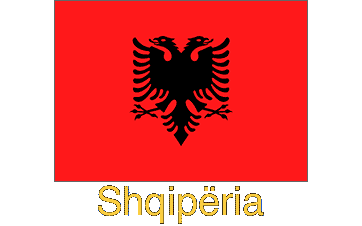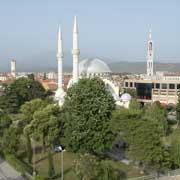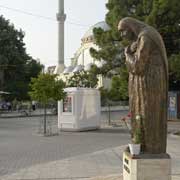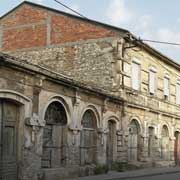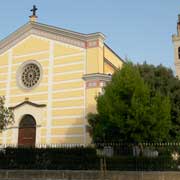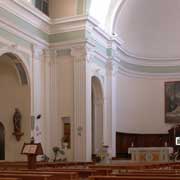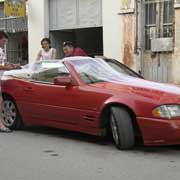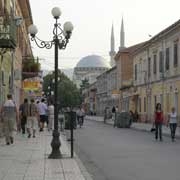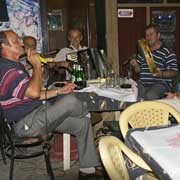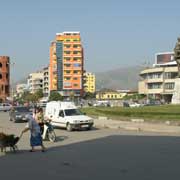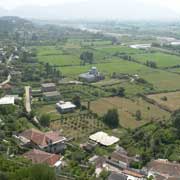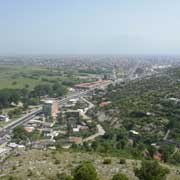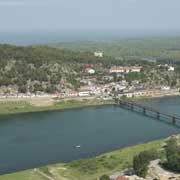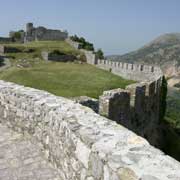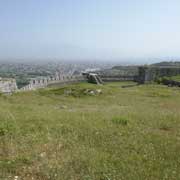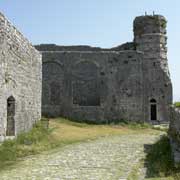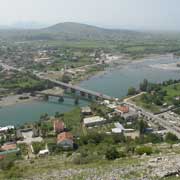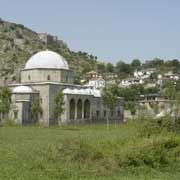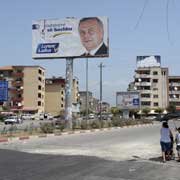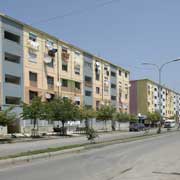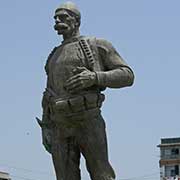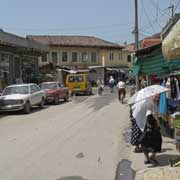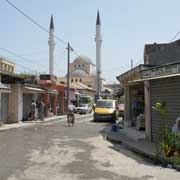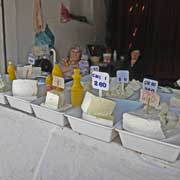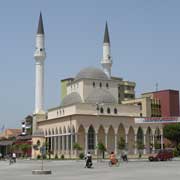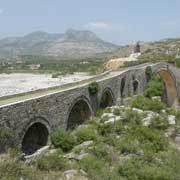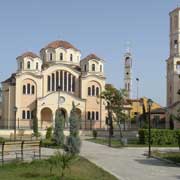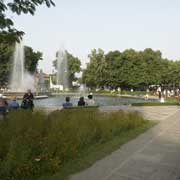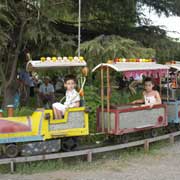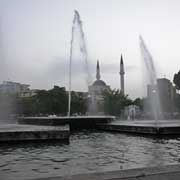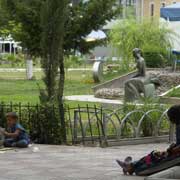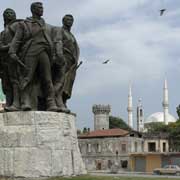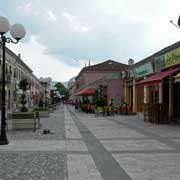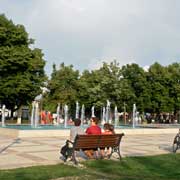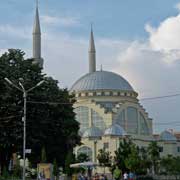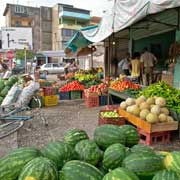Photos from Albania
Shkodra, northern Albania’s regional capital
Shkodra (or Shkodër in a sentence with a preposition) is located on Lake Shkodra (Liqeni i Shkodrës) in northwestern Albania. It is one of the oldest and most historical towns in Albania and an important cultural and economic centre, with a population of around 200,000. It was also known by the name of Scutari in recent times.
you may then send it as a postcard if you wish.
Shkodra’s name may be derived from “Shko-Drin”, meaning “where the Drin goes” - the river Drin, coming from the east, joins with the Buna river below to the castle of Rozafa, on the outskirts of Shkodra, but the name could also be of Roman origin. The city was founded around the 4th Century BCE, the site of the Labeates, an Illyrian tribe. In 168 BCE, the Romans took the town, becoming an important trade and military post. In the early 7th Century, the Byzantine Emperor Heraclius gave the city of Shkodra and the surrounding territories to the Serbs because the Albanian inhabitants didn’t agree to convert from the Catholic to the Orthodox faith! It became a major city of the medieval Serb state. It later fell to Bulgarian rule and was ruled by the Byzantines, various principalities and Venetians. It resisted two major Ottoman attacks under Leka Dukagjini, the leader of the Albanian resistance following the death, in 1468, of Skanderbeg, Albania’s national hero. But in 1479, it finally fell to the Ottoman Empire. Leka Dukagjini, by the way, was the unifier and legislator of the Albanian highland law, the Kanun. This law was used from the 15th Century until the 20th Century, mostly in northern Albania and Kosovo. There was a revival of it after the fall of the communist regime in the early 1990s.
In the second half of the 19th Century, the city was an important trade and cultural centre. Uprisings against the Turks and Shkodra played an essential role during the League of Prizren, the Albanian liberation movement. After the final defeat of the Turks by Montenegro, the Montenegrin army entered the city. They slaughtered 6,000 Albanians but had to hand it over to the newly independent Albania in May 1913. During the First World War, it was again occupied by Montenegro and later by Austria Hungary. It had a turbulent history in the 20th Century; during the early 1990s, Shkodra was a significant centre of the democratic movement that finally ended the communist regime established by Enver Hoxha. Symbolic of this, in 2009, the socialist-realist sculpture “Five Heroes” in the centre of Shkodra was removed, and the square where it stood was renamed “Sheshi Democracia”.
Three kilometres from the centre of the city and crowning the 113 metres-high hill towering above the confluence of the Buna and Drini rivers stands the Rozafa castle (Kalaja e Rozafatit or Rozafat citadel). Shkodra’s history started here 4000 years ago with a Bronze Age settlement and an Illyrian fortress dating back to 350 BCE. Illyrians fought here with the Romans in 168 BCE, and in early medieval times, there were Byzantine and Slav conquests. A castle was built and the main building still standing from that time is St. Stephen’s Church from 1319. The Venetians expanded the fortress in the 15th Century. During the Turkish conquest of the Balkans, the worst battles were fought here: in 1474 and in 1479, when the Siege of Shkodra left 60,000 people dead. St. Stephens Church was turned into a mosque by adding a minaret, and the castle became a garrison citadel for the Turks. When Albania became independent, the fortress lost its significance but is now worthwhile to visit. Most buildings left are from the Ottoman and Venetian periods. There are great views from the walls across the city: Lake Shkodra, with the mountains of Montenegro behind it, the Buna River flows towards the sea and the Kiri and Drini rivers, which join just below the castle before flowing into the Buna. The old location of Shkodra’s town centre can be seen below the castle. The Leaded Mosque (Xhamia e Plumb it) is left of the settlement, abandoned in the early 19th Century after an earthquake caused the Drin river to change course. Also worth seeing, about eight kilometres to the northeast of Shkodra, is the Central or Middle Bridge (Ura e Mesit) over the Kir river, built during the second half of the 18th Century. It is a classic Ottoman bridge, over 100 metres long, with 13 arcs of stone, the largest one being 22 metres wide and 12 metres tall.


